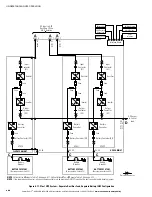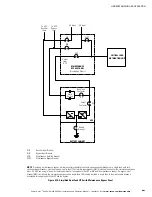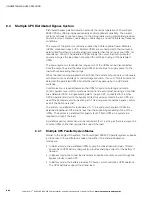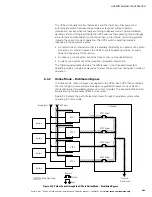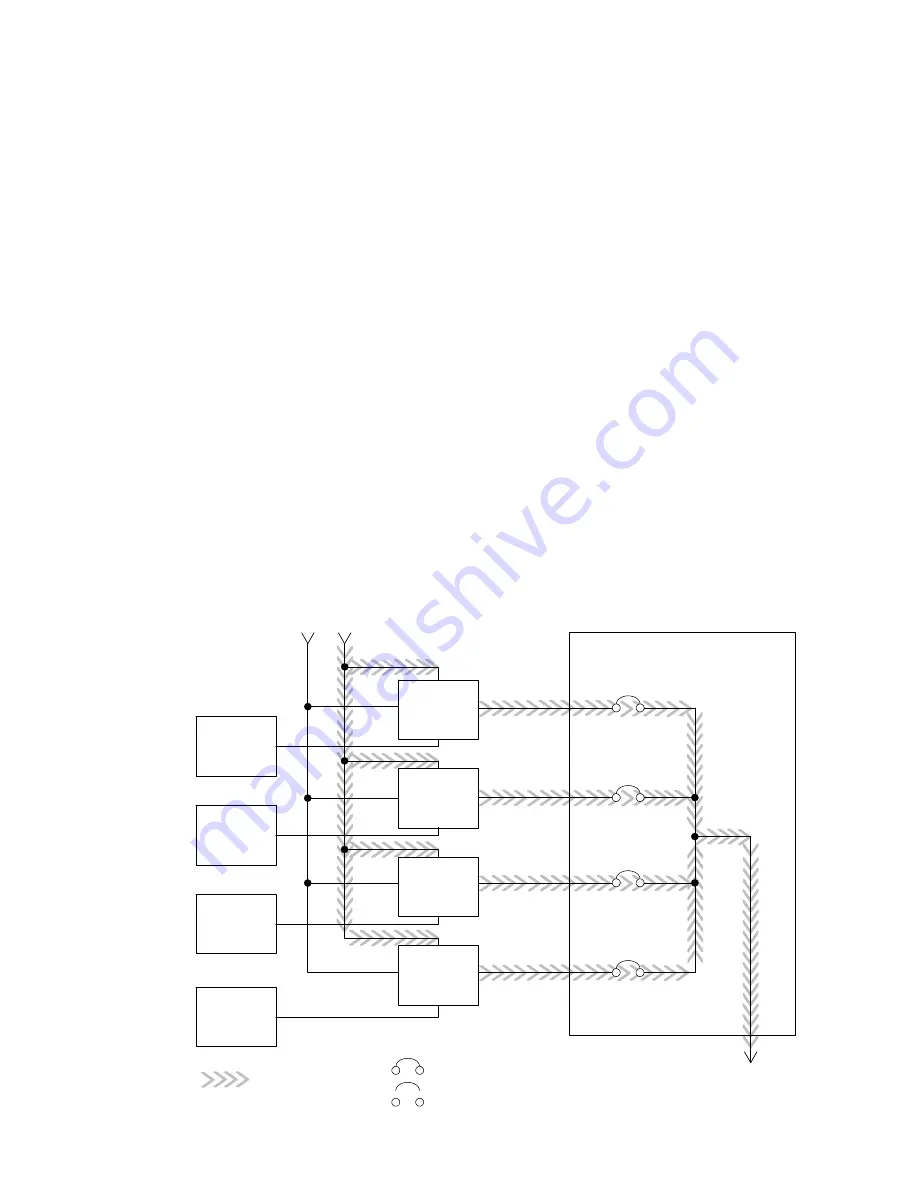
UNDERSTANDING UPS OPERATION
Power Xpert
9395 UPS (450–550 kVA) Installation and Operation Manual
164201701 Rev 3
www.eaton.com/powerquality
6-23
The UPSs continually monitor themselves and the incoming utility power and
automatically switch between these modes as required, without operator
intervention, except when manually switching to Bypass mode. The sophisticated
detection and switching logic inside the UPSs ensures that operating mode changes
are automatic and transparent to the critical load, while internal monitoring systems
indicate the current mode of operation. The UPSs switch operating modes in
response to these system events:
A
command
is an intervention that is externally initiated by an operator or by some
site action. A command causes the UPSs to switch operating modes; it usually
does not require any further action.
A
notice
is a minor system event that may or may not require attention.
An
alarm
is a system event that requires immediate intervention.
The following paragraphs describe the differences in the three parallel system
operating modes, using block diagrams to show the power flow during each mode of
operation.
6.4.2
Online Mode – Distributed Bypass
In Online mode, utility AC power is supplied to the UPSs. Each UPS then conditions
the incoming AC power and provides clean, regulated AC power to tie cabinet or
distribution panel for parallel systems up to four modules. The applied load is shared
equally among the available UPMs in the system.
Figure 6‐19 shows the path of electrical power through the parallel system when
operating in Online
mode.
Main Power Flow
UPS 1
UPS 2
UPS 3
UPS 4
Output to
Critical Load
Battery
UPS Input
Tie Cabinet
UPS 1 Output
Bypass Input
UPS 2 Output
UPS 3 Output
UPS 4 Output
Battery
Battery
Battery
Closed
Open
Breakers
Figure 6‐19. Path of Current through the UPSs in Online Mode – Distributed Bypass












